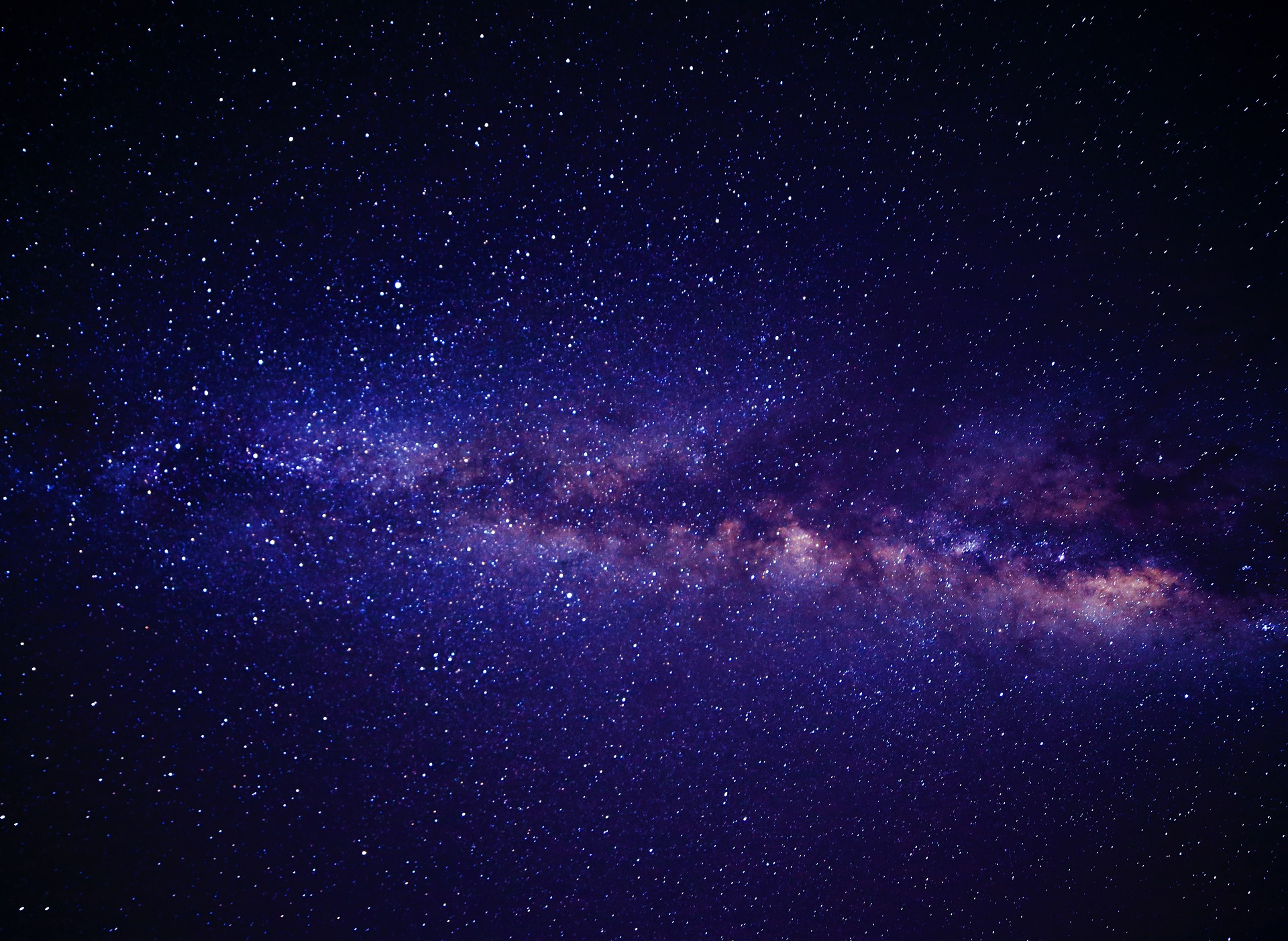Hubble's latest find is a star from a long time ago in a galaxy far, far away
Embargoed until:
Publicly released:
2022-03-31 02:00
Observations from the Hubble telescope have revealed a distant single star or star system from around 900 million years after the Big Bang, according to international researchers. The team says this star system is far more distant than previous observations of similar systems, placing it at a very early stage of the Universe’s evolution. They add that the star is estimated to be 50 times the mass of the sun, and they've nicknamed the system 'Earendel', from an Old English word meaning 'morning star'. They hope the James Webb Space Telescope will be able to shed further light on this new discovery.
Journal/conference: Nature
Link to research (DOI): 10.1038/s41586-022-04449-y
Organisation/s: The Johns Hopkins University, USA
Funder: The RELICS Hubble Treasury Program (GO 14096) and follow-up
programme (GO 15842) consist of observations obtained by the NASA/ESA Hubble Space
Telescope (HST). Data from these HST programmes were obtained from the Mikulski Archive
for Space Telescopes (MAST), operated by the Space Telescope Science Institute (STScI).
Both HST and STScI are operated by the Association of Universities for Research in Astronomy,
Inc. (AURA), under NASA contract NAS 5-26555. The HST Advanced Camera for Surveys (ACS)
was developed under NASA contract NAS 5-32864. J.M.D. acknowledges the support of
project PGC2018-101814-B-100 (MCIU/AEI/MINECO/FEDER, UE) and María de Maeztu, ref. MDM-
2017-0765. A.Z. acknowledges support from the Ministry of Science and Technology, Israel.
R.W. acknowledges support from NASA JWST Interdisciplinary Scientist grants NAG5-12460,
NNX14AN10G and 80NSSC18K0200 from GSFC. E.Z. and A.V. acknowledge funding from the
Swedish National Space Board. M.O. acknowledges support from World Premier International
Research Center Initiative, MEXT, Japan, and JSPS KAKENHI grant numbers JP20H00181,
JP20H05856, JP18K03693. G.M. received funding from the European Union’s Horizon 2020
research and innovation programme under the Marie Skłodowska-Curie grant agreement no.
MARACAS – DLV-896778. P.K. acknowledges support from NSF AST-1908823. Y.J.-T.
acknowledges financial support from the European Union’s Horizon 2020 research and
innovation programme under the Marie Skłodowska-Curie grant agreement no. 898633, and
from the State Agency for Research of the Spanish MCIU through the ‘Center of Excellence
Severo Ochoa’ award to the Instituto de Astrofísica de Andalucía (SEV-2017-0709). The Cosmic
DAWN Center is funded by the Danish National Research Foundation under grant no. 140.
Media release
From: Springer Nature
Observations in a galaxy far, far away
Observations of a very distant single star or star system around 900 million years after the Big Bang, made by the Hubble Space Telescope, are reported in Nature this week. The discovery is far more distant than previous observations of similar systems, placing it at a very early stage of the Universe’s evolution.
The object, described by Brian Welch and colleagues, is nicknamed Earendel, from an Old English word meaning ‘morning star’ or ‘rising light’. Gravitational lensing, a phenomenon in which distant objects are magnified by closer objects, reveals that it may be an individual star or double star system. Earendel is estimated to have a mass greater than 50 times the mass of the Sun, and is calculated to be at a redshift of 6.2, the authors report. Redshift refers to how light is ‘stretched’ as it travels, and can be used to infer the distance of astronomical objects; the bigger the number, the farther away (or earlier in the history of the Universe) the object is. Previous observations of magnified individual stars have been made at smaller redshifts of around 1–1.5.
Precise details of the temperature, mass and spectral properties of the star remain uncertain, something the authors hope the James Webb Space Telescope might be able to determine in the future.
Attachments:
Note: Not all attachments are visible to the general public


